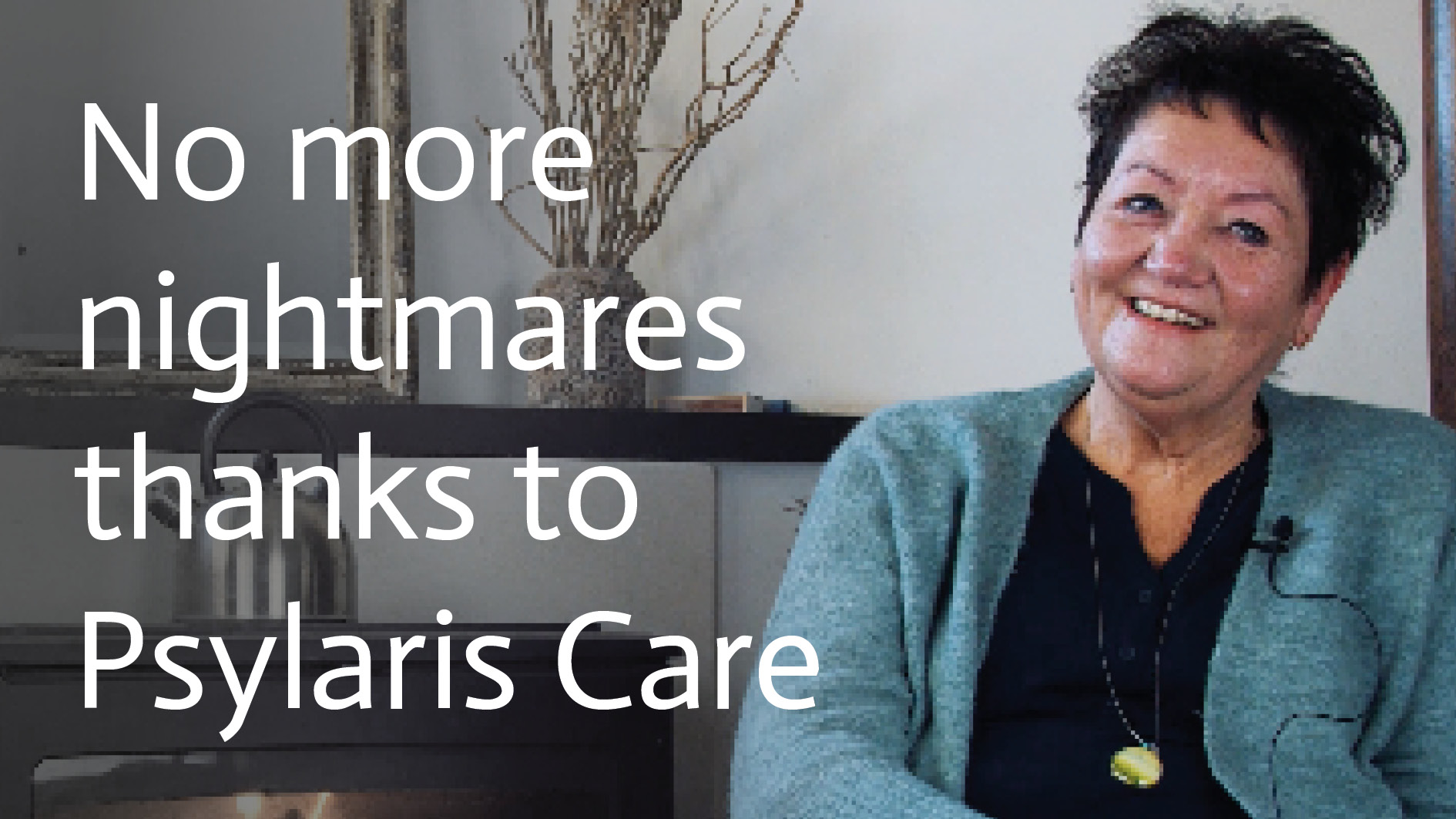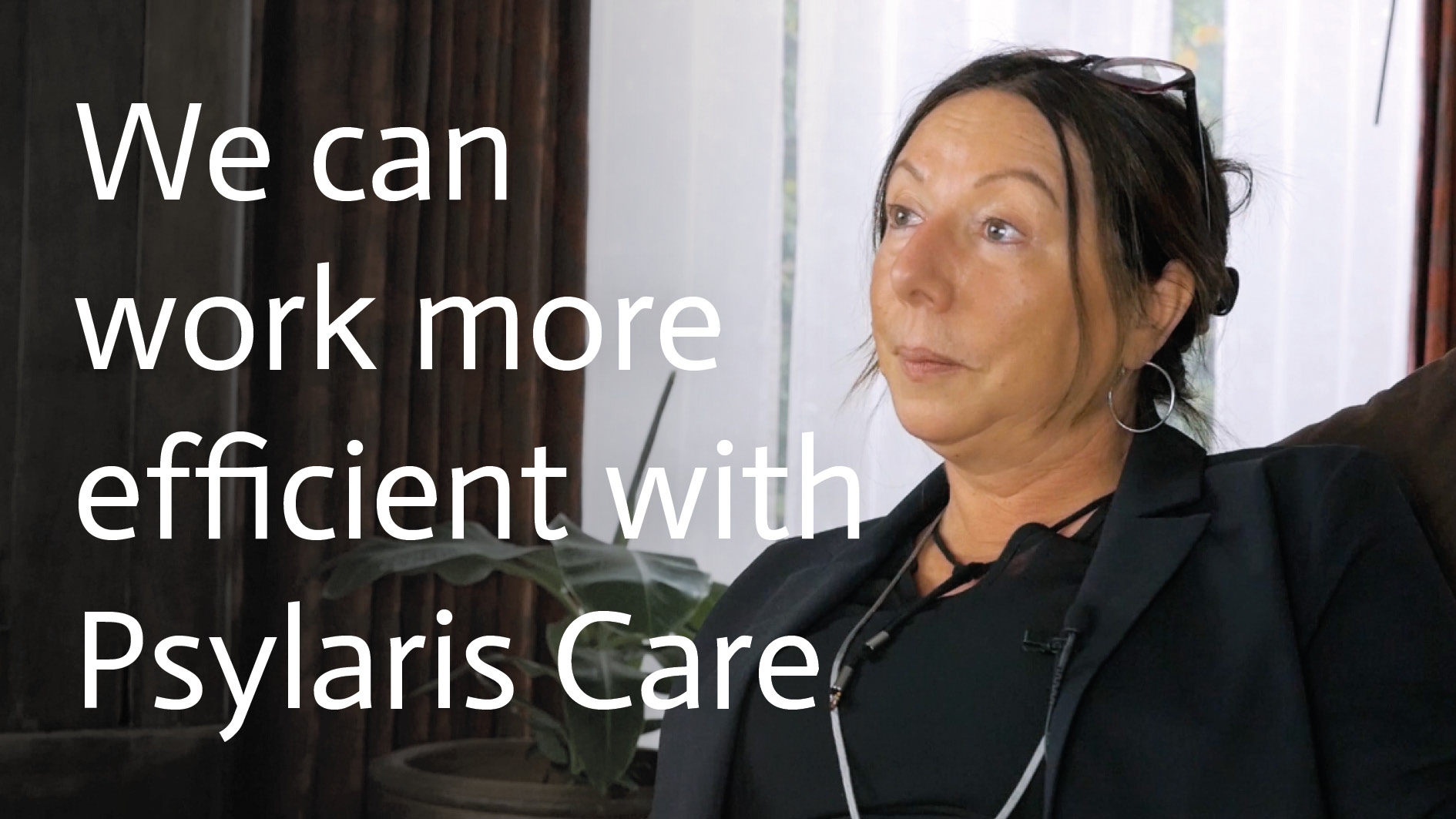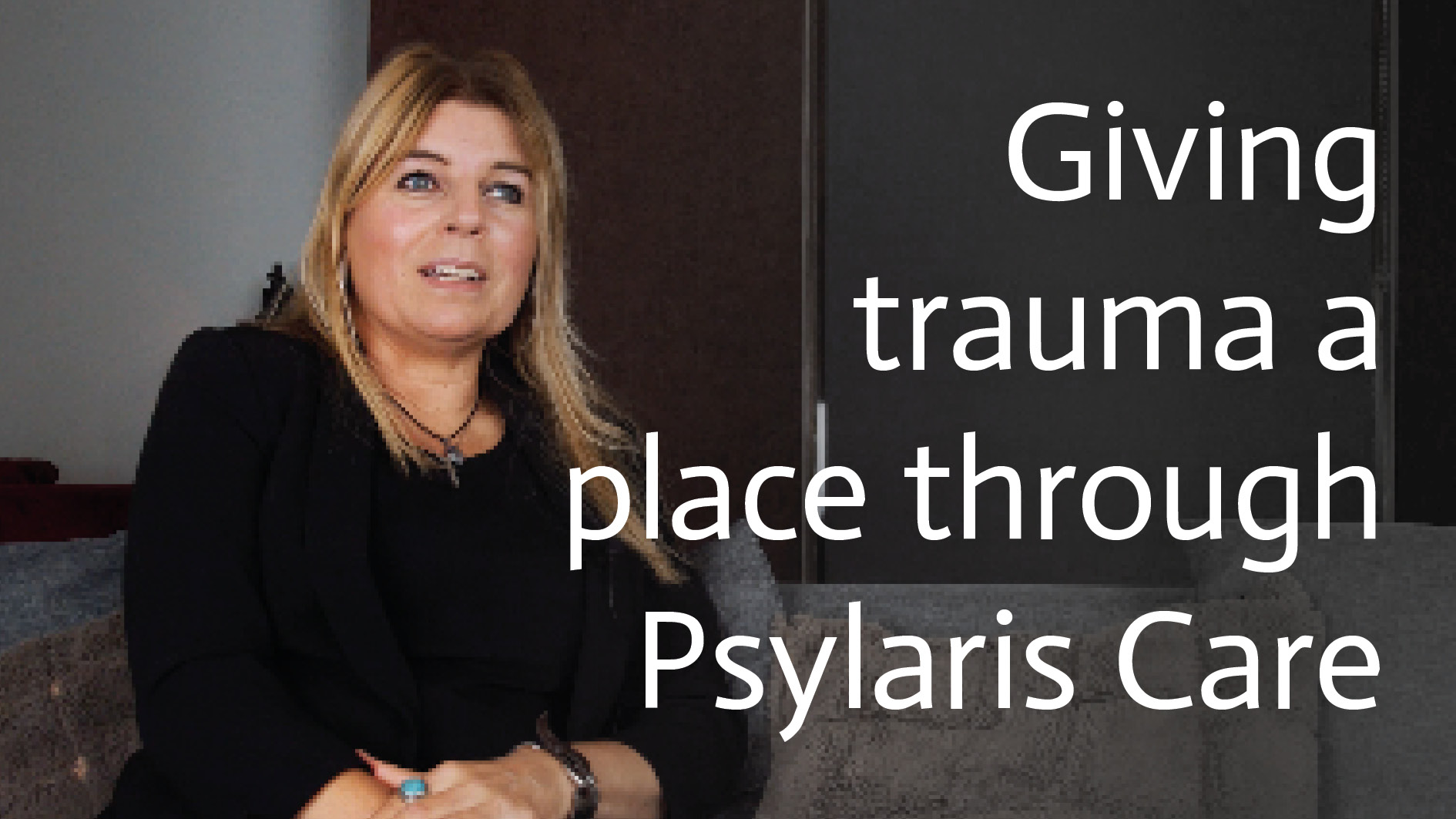EMDR is a therapy that was designed in the 1980s by an American psychologist. In the meantime, EMDR has become a generally accepted therapy that is particularly suitable for unprocessed traumas, consequences of a traumasuch as fears and phobias or a Post-traumatic stress disorder (PTSD). EMDR is still the subject of scientific research. Fact is that EMDR therapy is a proven effective treatment method. Many people with unprocessed traumas, anxiety disorders and PTSD have been relieved of their symptoms thanks to EMDR therapy.
What is EMDR therapy?
EMDR is the abbreviation of 'Eye Movement Desensization and Reprocessing'. The whole method of EMDR is originally derived from an eye movement, whereby the client has to follow a hand movement of the therapist. This is the so-called distraction that is the basis of this therapy. Through this distraction, a traumatic event can be put away and recalled more quickly in the working memory, but without the trauma. This is called "reprocessing", in which the event is, as it were, put back into the memory without the trauma. The methods of distraction are very versatile nowadays. It no longer has to be a hand movement in front of the eyes. It can also be done with sound signals or with digital techniques on a screen or through virtual reality.
How does an EMDR session go?
An EMDR session can sometimes be experienced as very intensive. This is not without reason. The session consists of several phases and starts with retrieving the memory of a traumatic event. You tell the therapist the memory as you have it in your head. This is the intense part, because you will experience the memory again. While thinking back, you will automatically experience your feelings and thoughts of that time. While describing the memory, the therapist will ask what feelings you have at that moment. Meanwhile, the therapist will start a distraction. With fingers, sound or in another way, which you have to follow.
During this distraction and following an image or a sound, there is a moment when you do not think back to the memory, but let it go. The therapist will again ask what feelings you are experiencing now after being distracted. Then the focus is back on the memory and on the moments which cause you the most trouble and which make you feel tense. Again, a distraction will follow and again you will be asked about your feelings at that moment. You will see that at a certain moment, you will experience less negative feelings when thinking back to the memory. This is usually not the case after just one session, but after a few sessions you will notice a significant difference.
The result of an EMDR therapy
The problem with a traumatic memory is that the memory is sometimes so vivid that all the fears and feelings of the moment come to the surface again. This is also the reason why you prefer not to think back to this moment. After a few EMDR sessions, the perspective on the traumatic moment is tilted or even completely changed. Of course, it may be a memory that evokes certain feelings. But after a few EMDR sessions you will notice that the emotion is disconnected from the memory. You feel less tension and it is easier to recall the memory without emotion. It seems that you have given the memory a place again. Not only the memory, but all complaints that are connected to an unprocessed trauma will diminish and/or disappear. Think of being scared easily, re-experiencing and anxiety and panic disorders. EMDR therapy can even ensure that you are completely free of PTSD.
How does EMDR work in the brain?
Scientific research into the exact effect of EMDR on the brain is still ongoing. That the therapy works is certain, but how the brain deals with this is in fact still unknown. There are suspicions, however. It probably has to do with working memory. This is the part of the brain where processing and storage of all memories takes place. Only the working memory has a limited capacity. It is difficult for the working memory to perform several tasks simultaneously. During an EMDR session you think back to the traumatic experience. If you are then distracted, the working memory gets overloaded. As a result, the traumatic memory slowly loses its vividness and you give it a place in the long-term memory in a modified form (without trauma).








